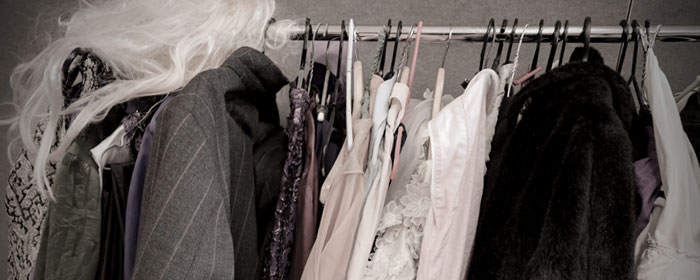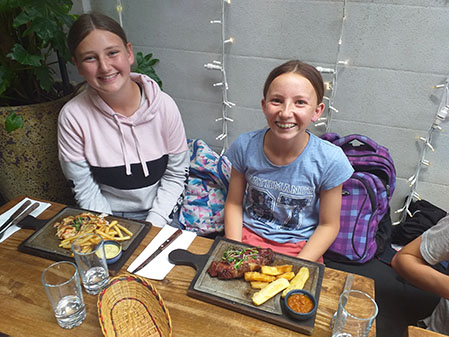The Arts
The Arts enrich our lives.
The Arts enrich our lives.
They are powerful forms of expression that recognise, value, and contribute to the unique bicultural and multicultural character of Aotearoa New Zealand.
Through movement, sound, and image, the Arts transform people’s creative ideas into expressive works that communicate layered meaning.
Learning in, through, and about the Arts stimulates creative action and response by engaging and connecting thinking, imagination, senses, and feelings.

Year 7 & 8 students rotate around Drama, Music and Art during the year.
They spend approximately 1 term or 13 week blocks in each of the arts subjects depending on how many junior classes there are.
Year 9 students choose two of these option subjects which run as a half year semester.
Year 10 arts subjects are chosen as a ‘whole year’ option. This course allows time for students to explore a variety of media ad their applications. They learn about art and what an established art practice looks like. This is an enjoyable course which also prepares students for the next step in senior visual art.
Drama
In senior drama, students deepen their understanding of performance by exploring characters, themes, and ideas from playwrights in New Zealand Aotearoa and beyond. They also develop their own creative voice, refine their ability to express ideas effectively and learn to respond thoughtfully to different forms of theatre. Through practical work, students build confidence in speaking and presenting, and develop strong collaboration skills. These skills are not only essential for the stage but are also valuable in many careers and real-world situations.
Music
In senior music students initially focus on the three main areas of performing, composition, and music analysis. From this foundation in Level 1, students in Level 2 & 3 are able to choose standards and courses that suit their own unique skill sets.
Visual Arts
The Visual Arts Department is offering a range of senior art curriculum areas. Each area offers a wide variety of opportunities for students to explore their artistic learning.
Level 1 is practical art which has an emphasis on painting, printmaking and mixed media.
Level 2 and 3 specialises in art-design, painting and photography.
The Arts Department is dedicated to facilitating creativity.
Te toi whakairo, ka ihiihi, ka wehiwehi, ka aweawe te ao katoa.
Artistic excellence makes the world sit up in wonder.
The Arts Department is dedicated to facilitating creativity.
Te toi whakairo, ka ihiihi, ka wehiwehi, ka aweawe te ao katoa.
Artistic excellence makes the world sit up in wonder.


At Otamatea High School students are offered the opportunity to learn Te Reo Māori and Spanish.
Why learn a language?
Te Reo Maori
Ko tōu reo, ko tōku reo,
te tuakiri tangata.
Tīhei uriuri, tīhei nakonako.
Your voice and my voice are expressions of identity. May our descendants live on and our hopes be fulfilled.
Te Reo Māori is taught in Years 7, 8 and 9 as a full year course in which students learn one hour per week and build on their prior knowledge.
Year 10 and NCEA Level 1 are selected as an option.
NCEA Levels 2 and 3 Te Reo Māori are optional through Te Kura as a correspondence course in 2025.
Spanish
At Otamatea High School, Spanish is compulsory for all Year 7 and 8 students and is optional for Year 9's. Students learn basic greetings, how to introduce yourself and others, how to express likes and dislikes.
Learn Spanish cultural practices and make links and comparisons to your own. Learn about the sound and writing systems of the Spanish language.
Year 10 and NCEA Level 1 are selected as an option. NCEA Levels 2 and 3 Spanish is optional through Te Kura as a correspondence course in 2025.
International languages are imbedded into our well-rounded year 7 and 8 study programme which gives our students a unique experience. Students learn basic greetings, how to introduce themselves and others, and how to express likes and dislikes. Alongside the functional language aspects, students engage in cultural practices, making links, and realising differences to their own culture. Students may have the opportunity to celebrate culture and language with food which can be motivational and a practical way to learn.